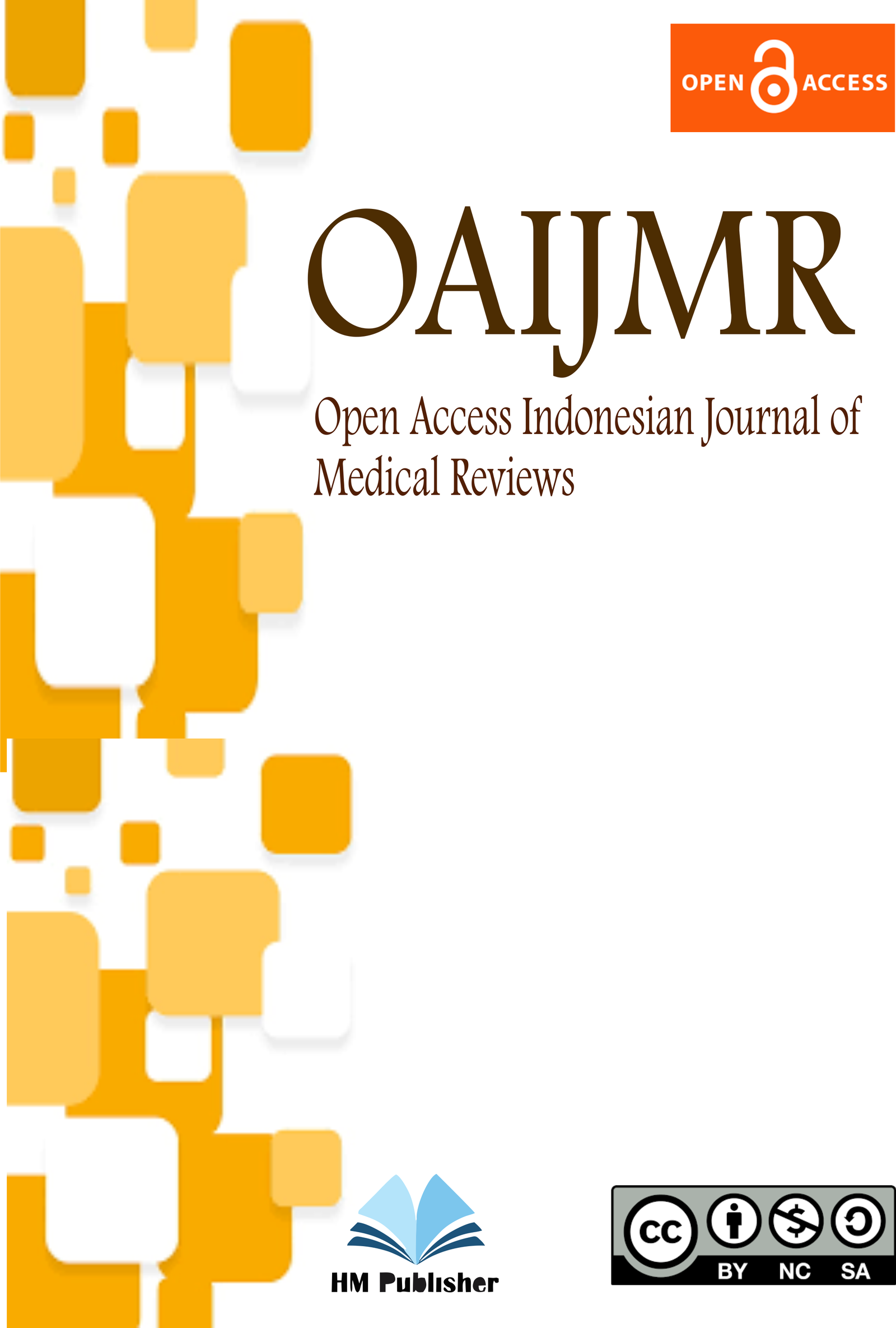Main Article Content
Abstract
Laparoscopic surgery in patients with severe heart failure with reduced ejection fraction (HFrEF) presents a formidable anesthetic challenge. The cardiovascular sequelae of pneumoperitoneum can precipitate acute hemodynamic collapse in a myocardium with minimal contractile reserve. This report details the anesthetic management of a high-risk patient with an extremely low ejection fraction undergoing laparoscopic cholecystectomy, focusing on a physiology-based approach. A 63-year-old, 72 kg male with severe HFrEF (ejection fraction 24%) and NYHA class III symptoms was scheduled for laparoscopic cholecystectomy. His ASA physical status was IV. Preoperative optimization ensured he was euvolemic and on guideline-directed medical therapy. Anesthetic induction was achieved with fentanyl (1.4 mcg/kg), atracurium (0.35 mg/kg), and ketamine (1 mg/kg). Following CO₂ insufflation, the patient developed profound bradycardia (42 bpm) and hypotension (MAP 58 mmHg). This anticipated crisis was managed with atropine and a supplemental ketamine bolus (0.3 mg/kg), successfully restoring hemodynamic stability. The procedure was completed uneventfully. In conclusion, this case demonstrates that a tailored anesthetic regimen, focused on intrinsic hemodynamic support and proactive crisis management, can be a safe and effective strategy in this high-risk cohort. The successful outcome hinged not on a single agent but on a comprehensive perioperative process encompassing meticulous optimization, a deliberate choice of anesthetic modality based on patient pathophysiology, goal-directed intraoperative therapy, and a structured transition to postoperative care.
Keywords
Article Details
Open Access Indonesian Journal of Medical Reviews (OAIJMR) allow the author(s) to hold the copyright without restrictions and allow the author(s) to retain publishing rights without restrictions, also the owner of the commercial rights to the article is the author.





